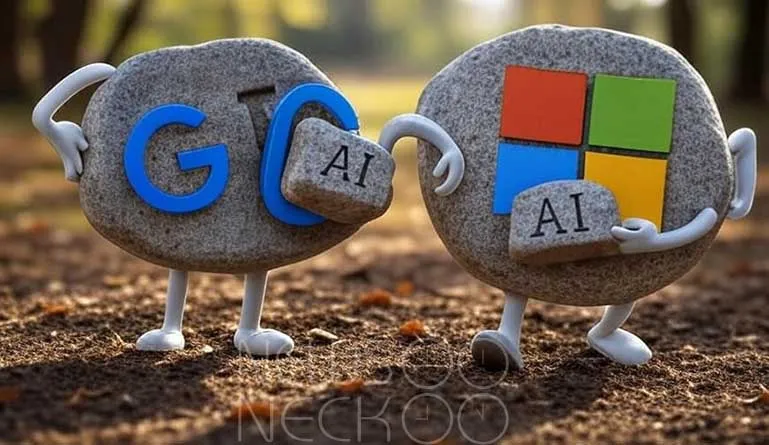The Meta Dashboard That Watches
In the fall of 2025, at the sprawling headquarters of Meta, a company known for connecting people across the globe, employees are discovering that their own workplace is watching them closely. Not in the way you might think. This time, the company is tracking how much they befriend the newest workplace innovation: artificial intelligence.
Meta, the parent company of Facebook, has rolled out special internal dashboards that monitor how often employees use AI tools. These dashboards track usage across different teams. In some departments, workers are encouraged to play with AI. In others, they face specific targets that could influence their standing at the company.
The company’s hardware division, Reality Labs, has a clear goal: to get more than 75% of employees using AI. The push has been aggressive. In June, that number was just 30%. By October, it had jumped to 70%. This quiet monitoring marks a significant shift in how tech giants are pushing the AI revolution forward, not just in their products, but inside their own offices.
A New Rule in Silicon Valley
Meta is not alone in this new race. Across Silicon Valley, big tech companies are telling workers to use AI or risk being left behind.
At Google, executives track how many extra hours of productivity engineers gain each week from AI tools. Google CEO Sundar Pichai has warned employees they must “be more AI-savvy” to compete in the Market. The company now generates more than 30% of its code using AI.
Microsoft has taken perhaps the strongest stance. The company told managers to treat AI use as “as essential as collaboration skills” and to factor it into performance reviews. This directly links an employee’s comfort with AI to their career advancement.
The message from the top is clear: embrace AI or risk your career in an industry that is rapidly reshaping itself.
The Carrot and the Stick
To make AI adoption more appealing, Meta has turned it into a game. The company launched a voluntary program called “Level Up,” run through its internal AI chatbot, Metamate. As employees hit different usage milestones, they earn badges, a playful reward for engaging with the new technology.
But behind the game-like surface lies a serious business priority. Engineers at Meta now use AI assistants to generate code templates and write software, speeding up their work. Employees in other departments use AI for brainstorming, asking about company policies, and improving drafts.
CEO Mark Zuckerberg has been publicly optimistic about this transition. On a popular podcast in January, he said he expected that by the end of 2025, Meta would have AI that could perform to the standard of a midlevel engineer. On an April earnings event, he went further, predicting that AI coding geeks would be doing “a necessary part of AI research and development” by the middle to end of 2026.
The Workers in the Middle
For employees, this new push creates both excitement and anxiety. The dashboards tracking their usage introduce a new layer of monitoring to their daily work. Some workers quietly admit they feel pressure to use AI even for tasks where they might not need it.
This tension isn’t unique to Meta. A Microsoft survey of over 20,000 knowledge workers globally found that while 75% now use AI at work, 52% are reluctant to admit to using it for their most important tasks. Many worry that using AI might make them look replaceable.
The same survey revealed that workers are bringing their own AI tools to work, a phenomenon called “BYOAI” when companies don’t provide them. This happens across all age groups, not just younger workers.
The Bigger Picture
The aggressive push for AI adoption comes at a time when workers are already feeling overwhelmed. The same Microsoft survey found that 68% of people struggle with the pace and volume of work, and 46% feel burned out.
Companies see AI as a solution to these challenges. The tools promise to help employees save time, focus on important work, and be more creative. In fact, 90% of AI users say the technology helps them save time.
Yet the transition requires workers to learn entirely new skills. For decades, people have interacted with computers through graphical interfaces. AI introduces a new way of working: using natural language. This shift demands significant training and adjustment.
A Choice That Isn’t Really a Choice
As the tech industry pours billions into AI development, workers at companies like Meta, Google, and Microsoft find themselves at a crossroads. The message from leadership is clear: adapt to this new AI-driven workplace or risk being left behind.
With performance reviews now including AI usage at Microsoft, adoption targets at Meta, and productivity tracking at Google, workers have little choice but to embrace the technology.
The revolution that began with AI generating poems and images has now reached the cubicles and conference rooms of the very companies building it. The dashboards are watching, the badges are waiting, and the future of work is being rewritten one AI interaction at a time.
Author: Junaid Arif
Date: Oct 4, 2025
For More Updates, Visit Newsneck













